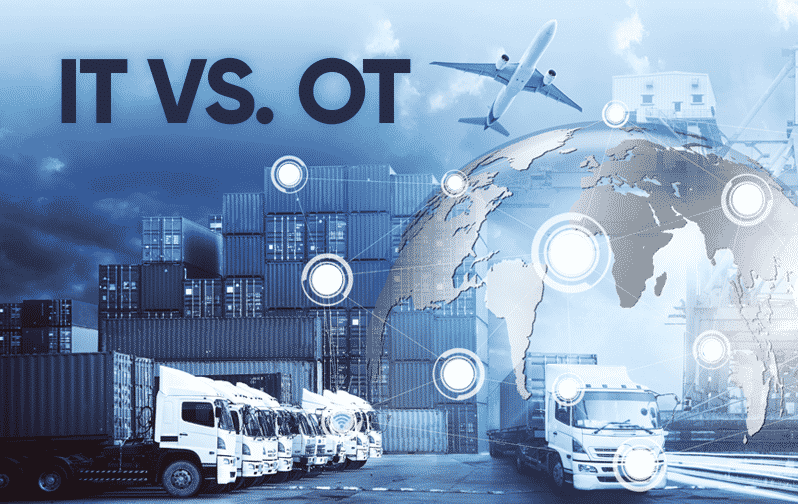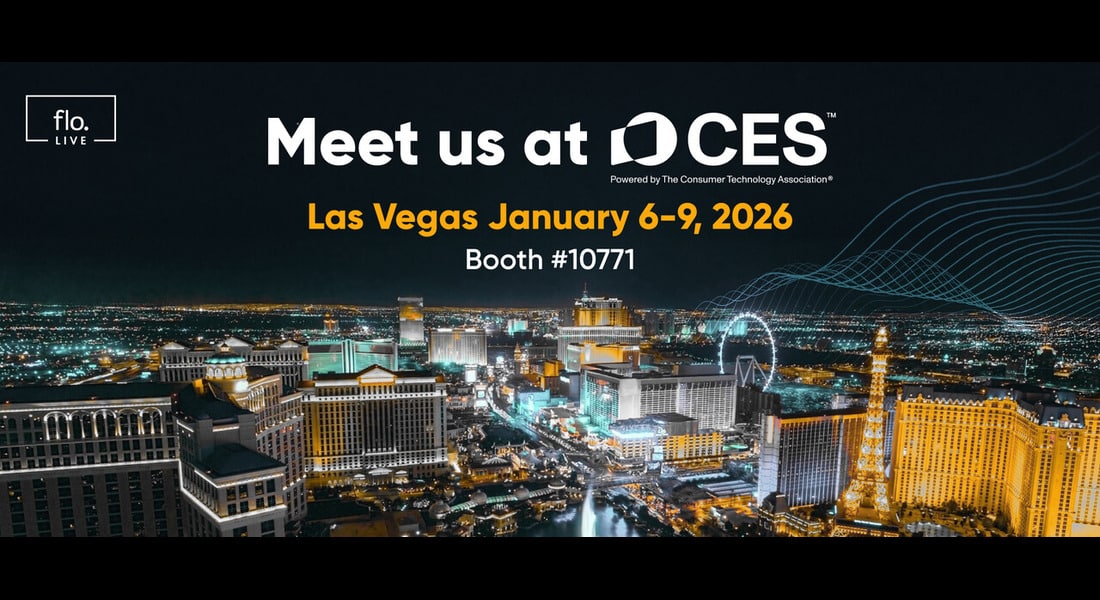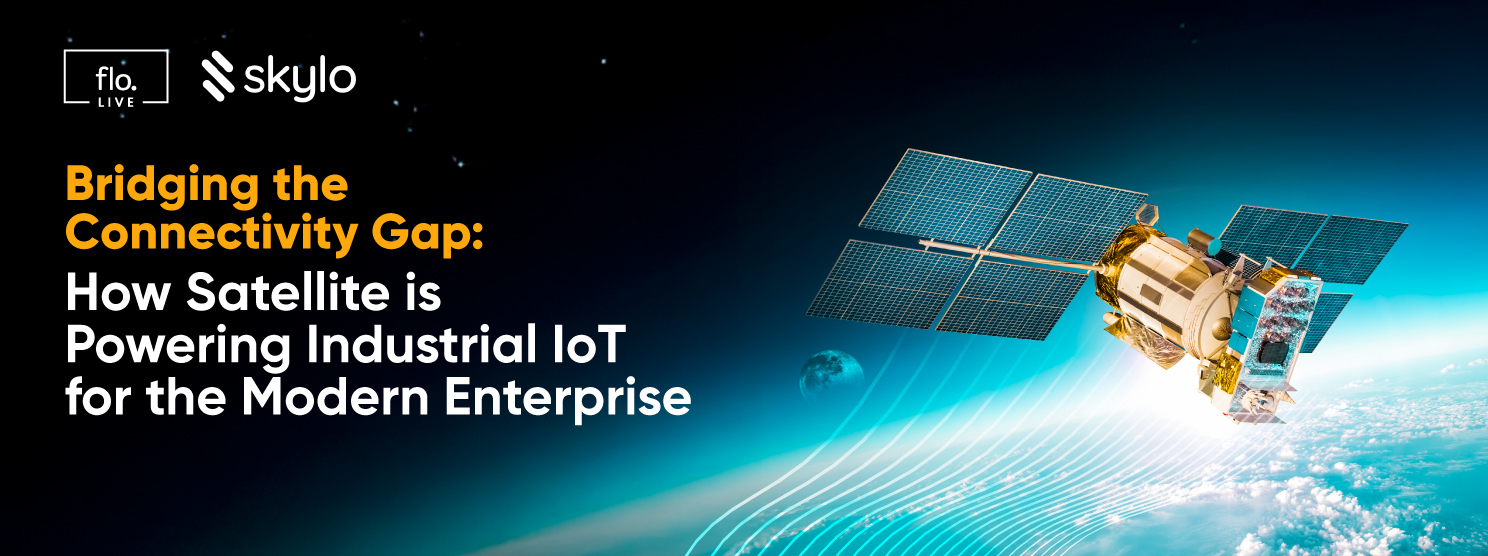Page Contents
Understanding the IT/OT Convergence for Industrial IoT

Page Contents
The industrial IoT market is expected to grow at a CAGR of 16.7% from 2019 to 2027 to reach $263.4 billion by 2027. This growth will be powered by smart technology that understands the unique nature of Industrial IoT use cases, and can connect the dots in an age-old fundamental battle, OT vs IT, each of which has different perspectives and risks.
If you missed Curtis Govan, floLIVE America President discussing the topic at the recent Industrial IoT World conference, catch up here. Or read on, for our highlights.
Understanding the Focus of Each Business Entity
The weight of IT responsibilities usually falls on the CIO, and his main concerns are elements such as asset and intellectual property protection, broad cyber-security risks, data protection, and cyber-risks such as vulnerabilities to the operating systems of the facility.
In contrast, for OT, the COO will likely take the lead, and be concerned by more practical goals such as the pace of manufacturing, production targets, plant availability, and employee safety and security. Of course, these are two sides of the same coin, and ideally, they want to work well as a whole. But while the COO is looking to prove operational efficiency and high availability of systems, the CIO will be focused on the protection and management of the machines, information, and data, behind the scenes.
It’s only when we realize the potential of industrial IoT, that we can see how they can best work in tandem, adding IT intelligence into operational technology on the factory floor.
Industrial IoT in Practice: What Does it Look Like?
Let’s park the IT/OT priorities for a moment, and take a look at a typical industrial facility, with a number of different IoT applications deployed. First, you might have operational monitoring in place, measuring metrics such as temperature, pressure and flow. Next, think about control systems that physically handle the elements that are doing the manufacturing, anything from pumps, valves and conveyor belts. In our future-focused Industrial facility, we also have visual systems. This could be imaging technology such as computer vision that detects flaws, predicts output, or just analyses the components that are being manufactured.
On a more practical level, you will likely have video systems in place that scan the facility for employee safety, alerting is someone is too close to a machine, or automatically slowing down bots or Automated Guided Vehicles (AGVs) that are moving around the facility autonomously, and as a side point – will also need management and control. Perhaps there are additional monitoring systems in place as well, that handle waste, water, and purity control, for example.
Lastly, your facility will likely have visibility needs outside of its own four walls. These logistics solutions could be anything from tracking and monitoring to an end-to-end cold chain management system, but as soon as your assets leave the manufacturing facility, there will be a whole new set of requirements to keep in mind. In all of these examples, and more, IT and OT are converged to create a better version than the sum of their parts.
Managing this Complexity with IT and OT Front of Mind
Understanding how to truly manage such a sophisticated environment means keeping the concerns of both IT and OT in mind. First, you need to consider what we see as the 3 main drivers of industry 4.0, and why merging IT and OT is so essential.
Today’s facilities need multiple connected IoT devices and systems, these need to be accessible by third party entities, and they need to be able to be a mixture of both static and mobile devices. This could be internally, moving around the facility like AGVs or robots, and also externally and logistically, from pallets and trucks, to airplanes or vessels. This can’t happen without the convergence of IT and OT, into one clear unit – the Industrial IoT.
Here are three operational goals that bridge the gap between OT and IT, and can lead the way into successful IIoT projects, showing how the two work together.
Improving Operational Efficiencies: At first glance this seems like a purely OT concern, but the right strategy can hit the sweet spot for IT stakeholders, too, and will need IT involved from day one. Think about securing the Digital Supply Network (DSN), and providing enhanced insight into new business partners, and the reasons behind machine downtime. On top of this, OT can benefit from automatic service requests, predictive maintenance, and greater asset mobility, all impossible without IT support. One single use case that makes a real difference is in locating equipment. Finding lost equipment is costly and time consuming for industrial facilities, and a solution for this is critical for improving operational efficiency across the board.
Increasing Safety and Security: A connected facility is a safer and a more secure facility. In the physical sense, monitoring can help to alert the right stakeholders before an incident, such as when the facility is reaching a dangerous pressure level, or notifying workers in case of an evacuation. Behind the scenes, IT can take control over shutting down or isolating critical assets in case of a security breach, and alerting or segmenting access for specific personnel.
Encouraging new Business Models: Business growth is on everyone’s roadmap, from the CIO, to the COO and beyond. Moving to an industry-leading model means leveraging future-focused technology that provides monitoring, operational insight, and maintenance, too, relying on a true overlap between IT and OT. Think about new business models such as leasing space for a seasonal manufacturing plant, or when capacity requirements are low. These will only be facilitated using smart connected solutions.
Looking to supercharge the potential of your Industrial IoT use cases? The answer looks like a mobile private network. Let’s talk.
Join Our Newsletter
Get the latest tips and insights in our monthly newsletter.









